Visually, Luxor is most famous for its iconic temples. Yet beyond this, while there is the visual tale of ancient Egypt, there is also the current visual tale of Egyptian farmers that are opening up to the world and the future.
Today, investing in resilient agriculture is more important than ever. According to an article on the World Economic Forum, the COVID-19 pandemic “should spur us to redefine how we feed humanity.” Being the most labor-intensive, providing an estimated 28% of all jobs and 55% of rural employment, it is the most critical sector to alleviate poverty, provide job opportunities and transform communities for generations to come.
Minister of International Cooperation Rania Al-Mashat recently announced expansions of projects to support over a million farmers until 2030. The recent expansion will support the capabilities of 280,000 small farmers in 64 villages in Luxor Governorate, as well as four other governorates in Upper Egypt. The main role of the ministry is to strengthen economic diplomacy with development partners such as the World Food Programme to deliver the 2030 agenda and the UN Sustainable Development Goals.
“Concerted efforts are needed to push forward with the UN’s Sustainable Development Goals (SDGs), with the sustainable development of agriculture being a central pillar in this endeavour,” Minister Al-Mashat said, “Together with the WFP, we are focusing on ensuring food security going into the future and empowering communities to build for a resilient and green economy.”
Modern and smart farming techniques, as well as renewable energy technologies such as solar panels, are becoming more relevant to help drive development. In this visual tale of projects implemented in El Boghdadi village, one of 53 communities targeted, projects include the provision of irrigation lining, solar power plants, sun drying tomatoes unit that will also help enhance the participation of women through 200 seasonal job opportunities, and learning and collection centres that help farmers apply modern agricultural practices to export abroad.
“These current projects are changing our mindsets and are opening us doors to the world. It implanted inside all of us a new kind of affection and love for the land of Luxor,” Khaled Mohamed, one of the beneficiaries in El Boghdadi village, told Egyptian Streets.
Below are photos that capture Luxor’s agricultural development.
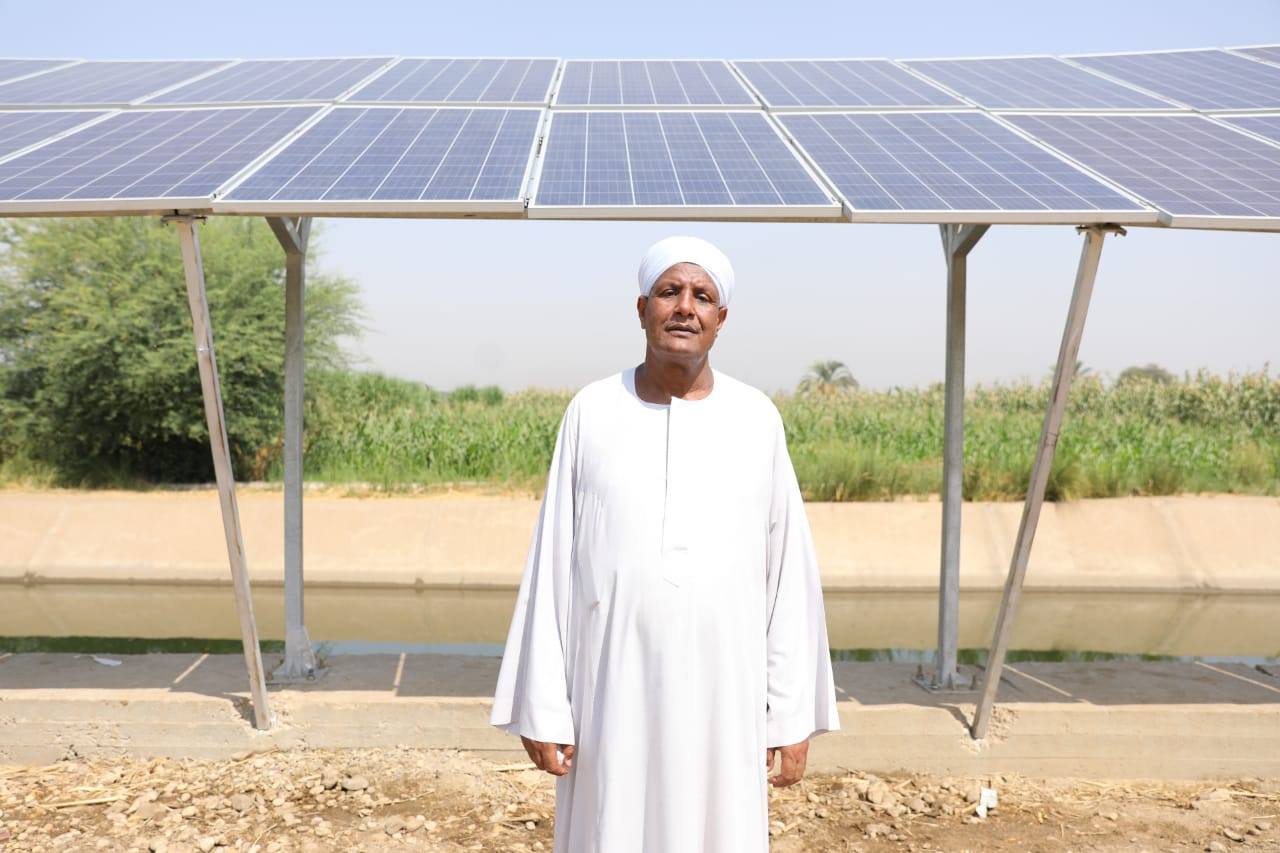
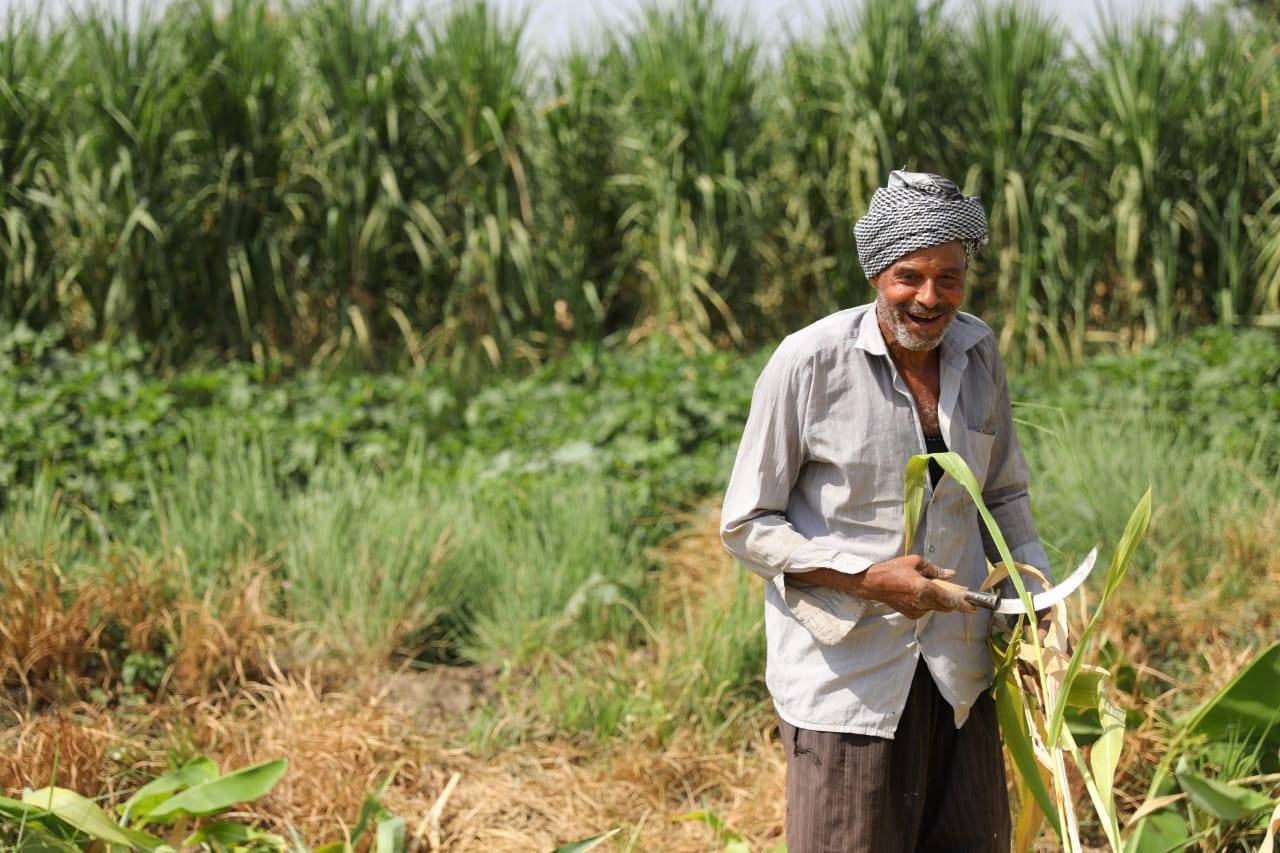
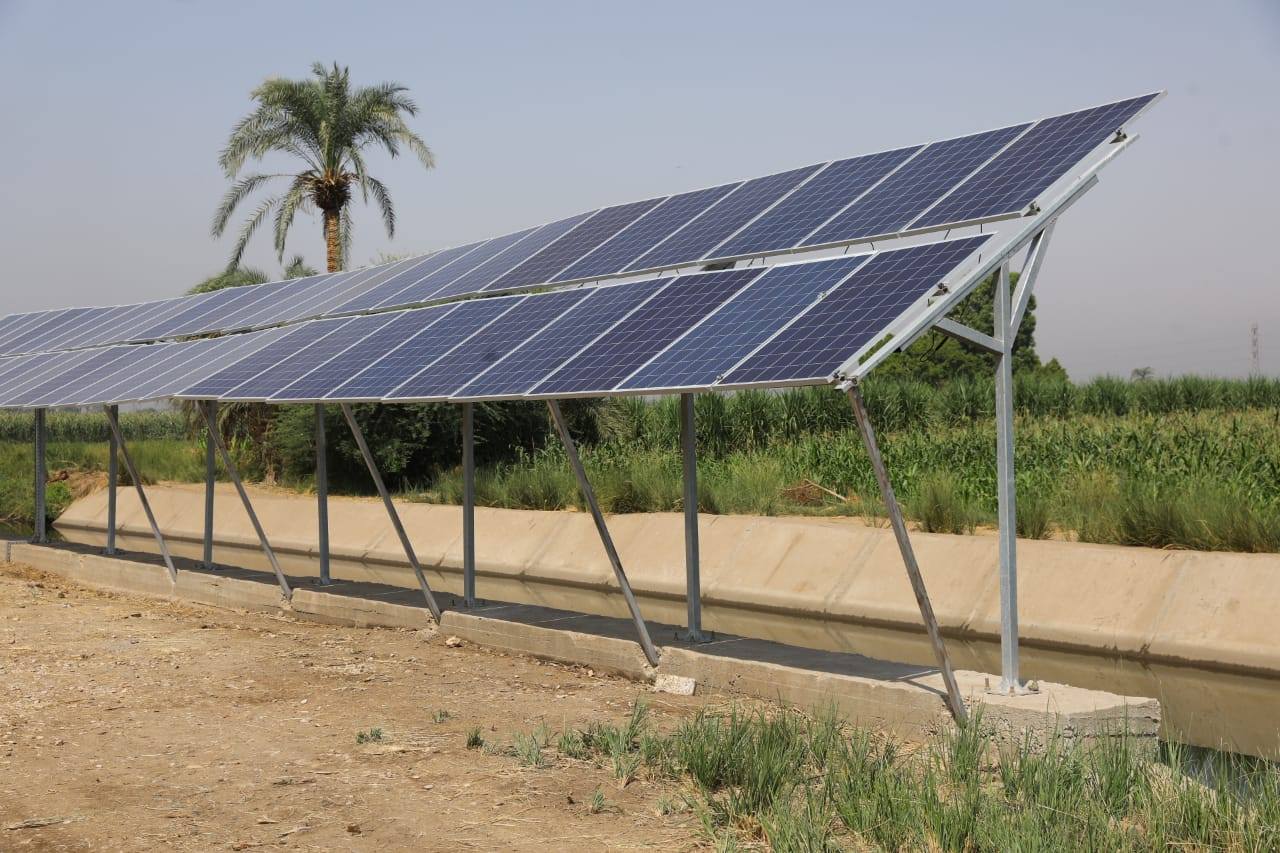
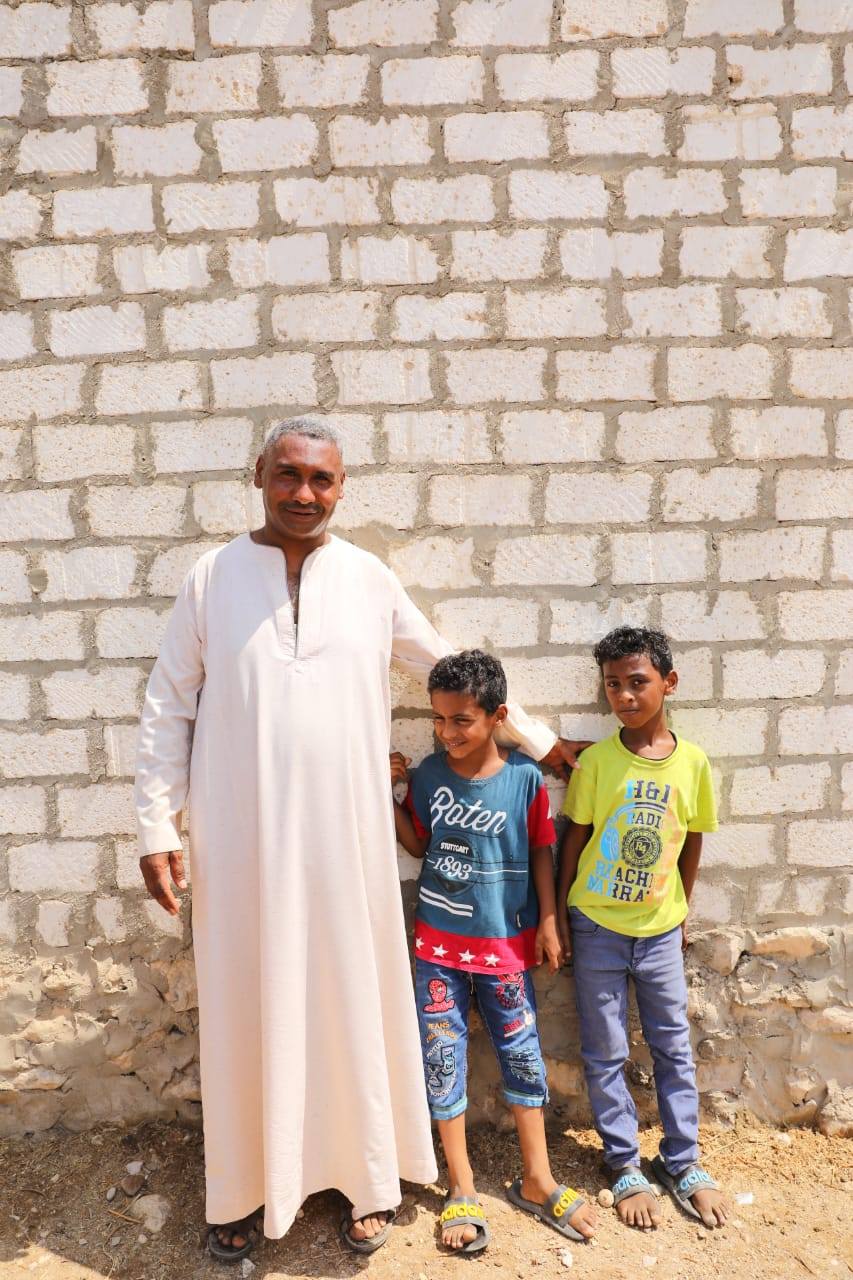
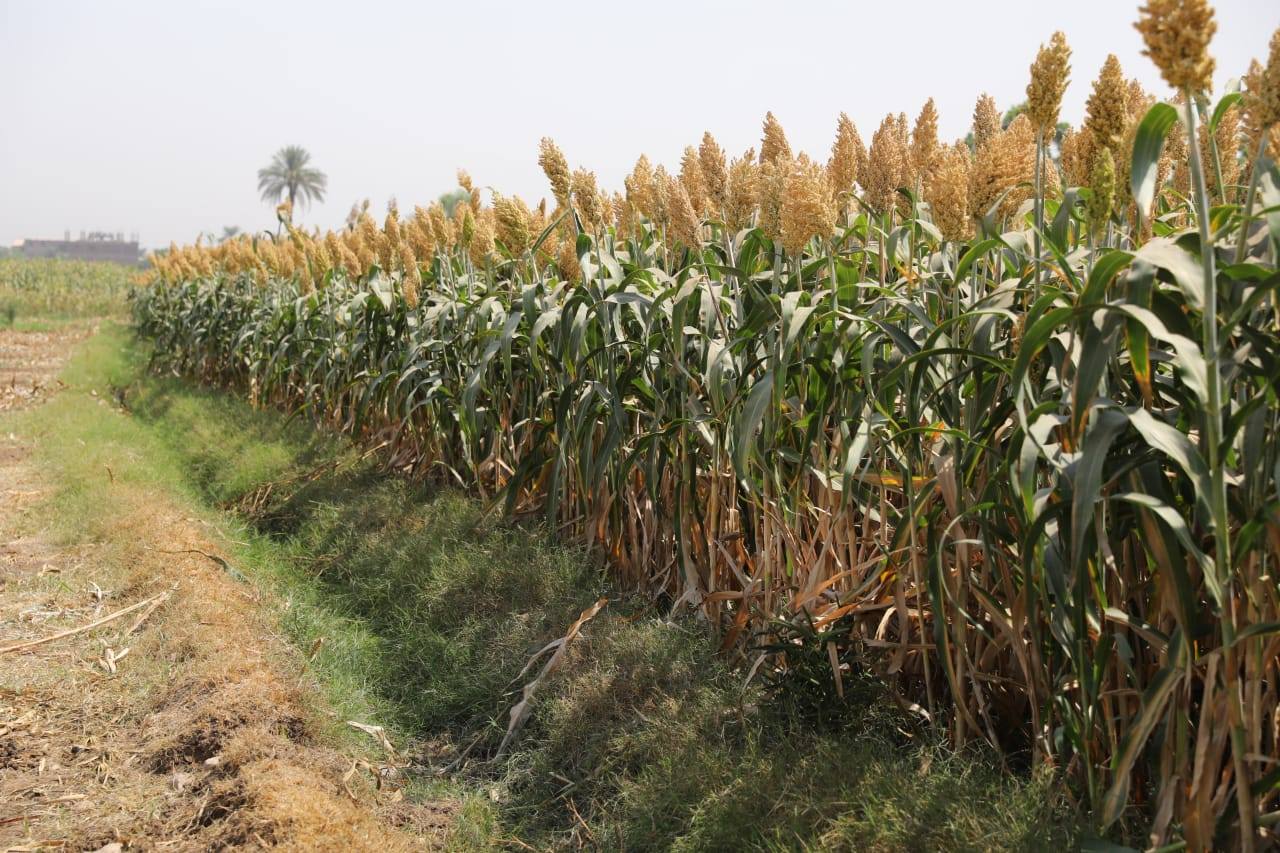
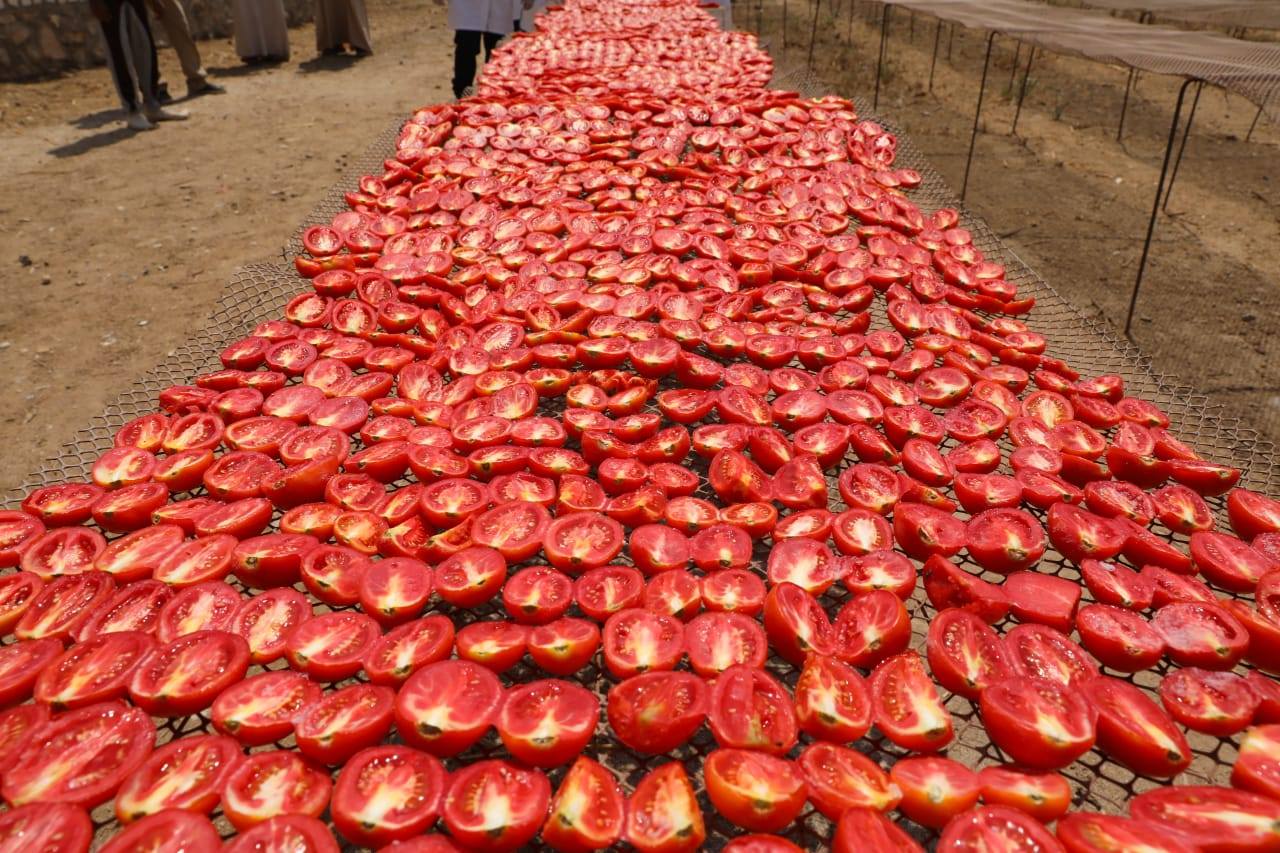
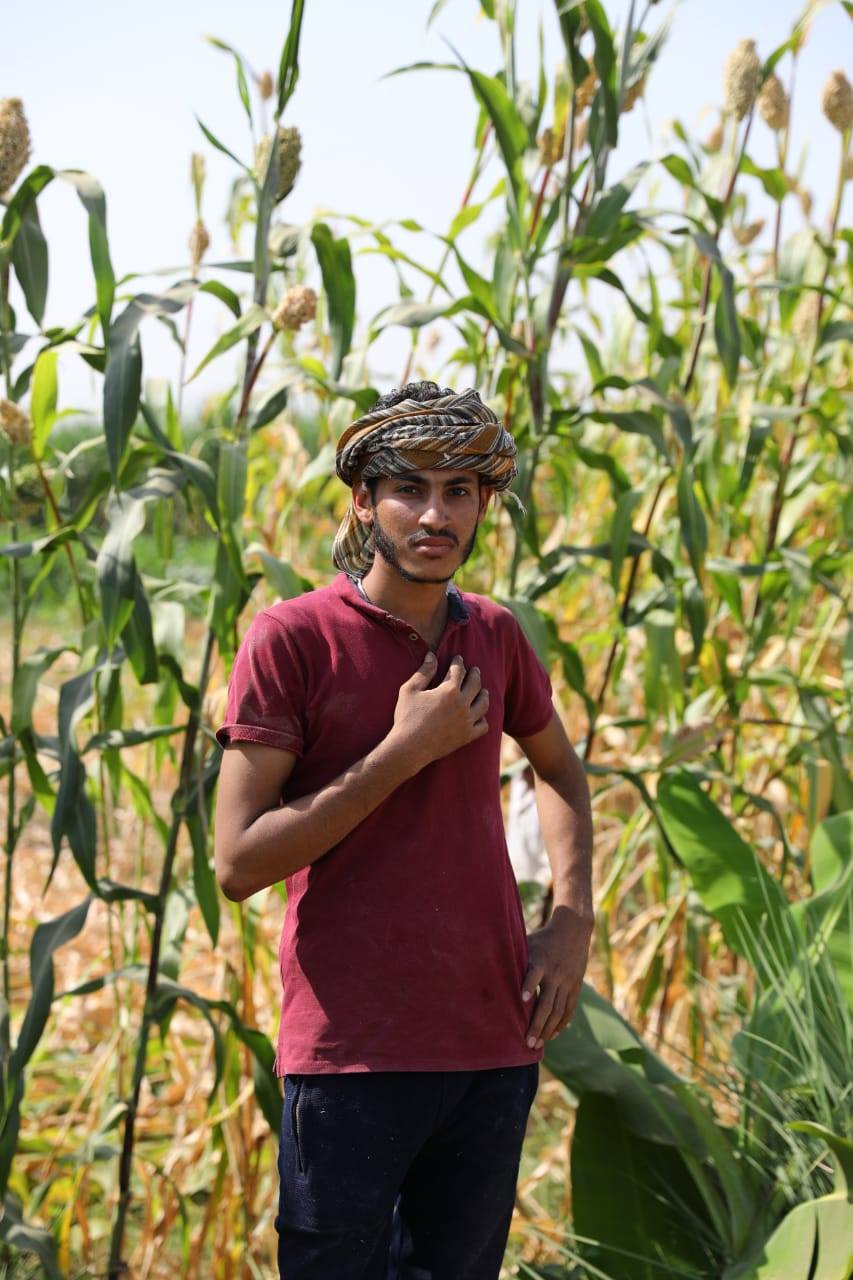
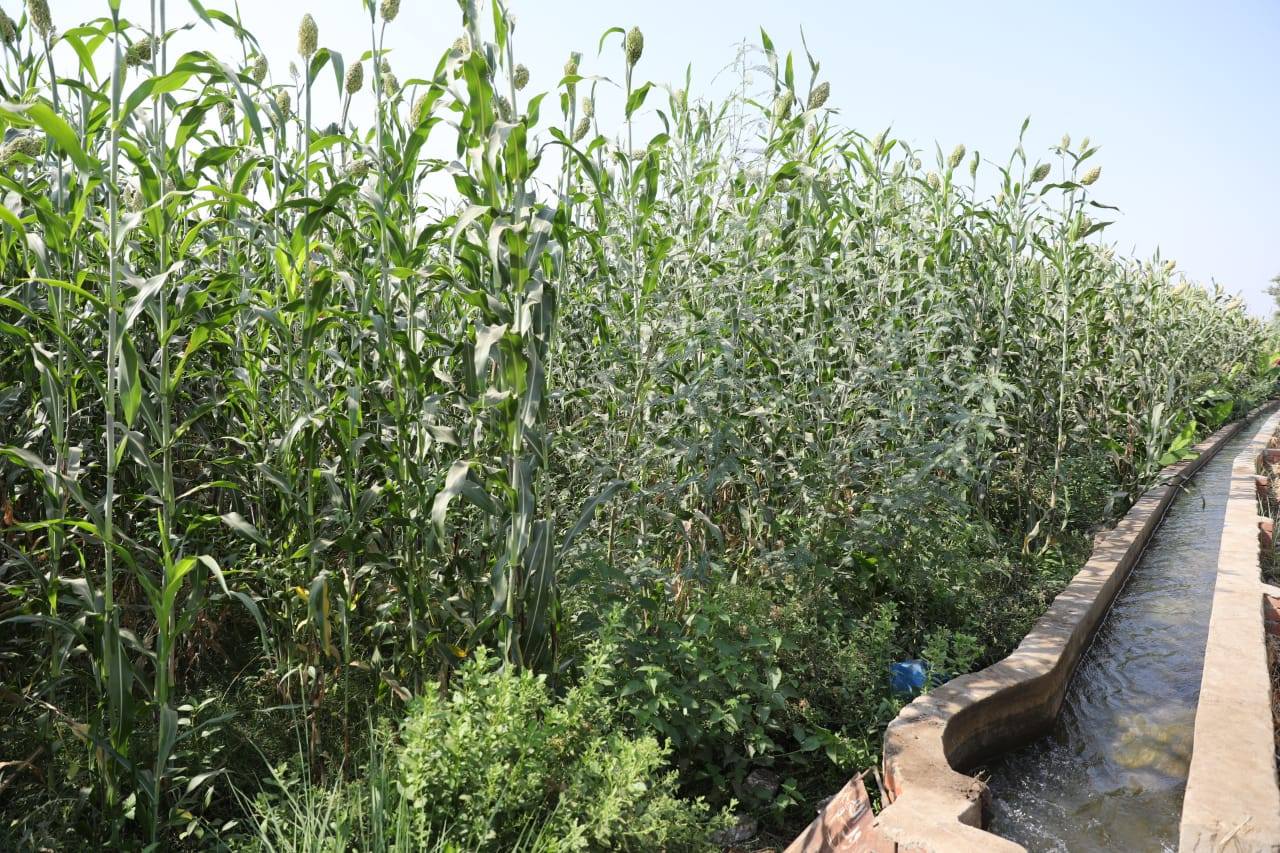
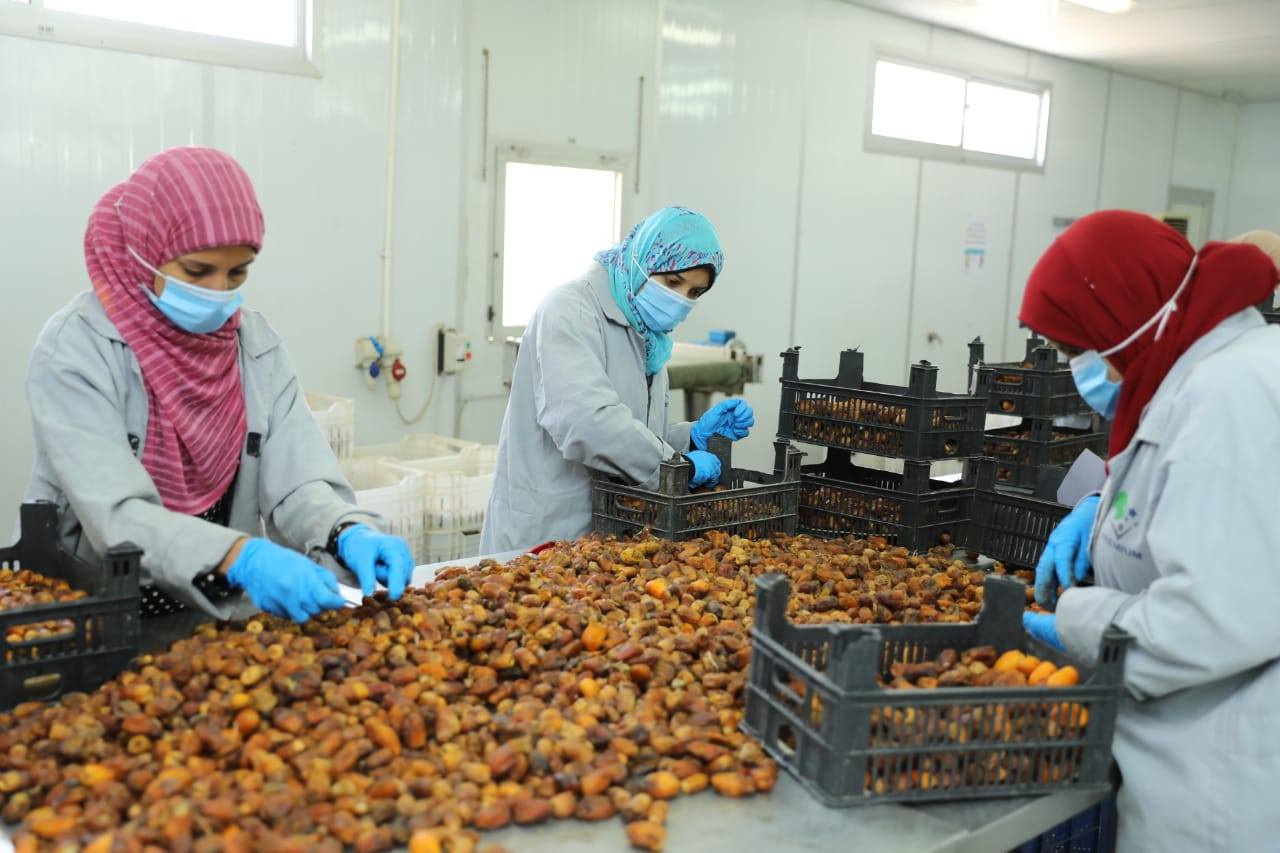
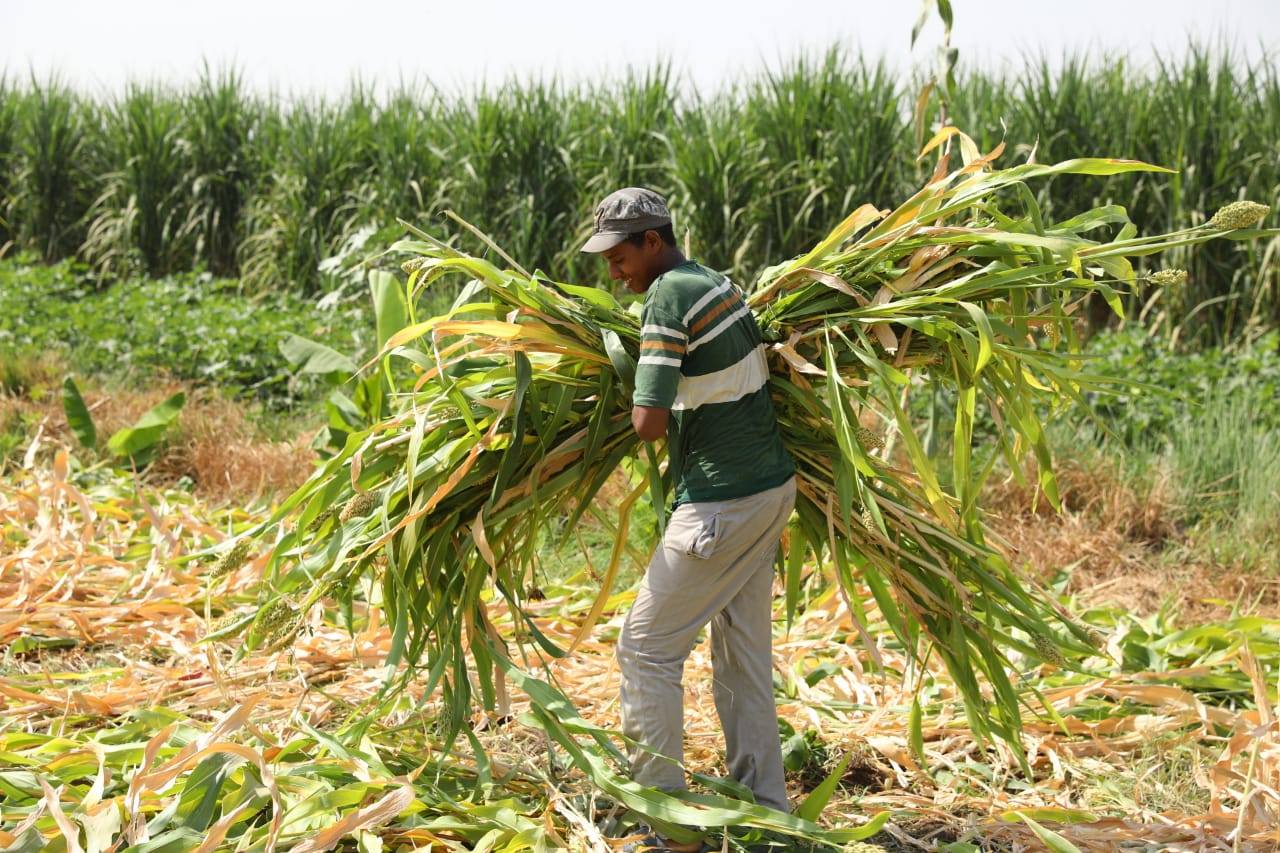
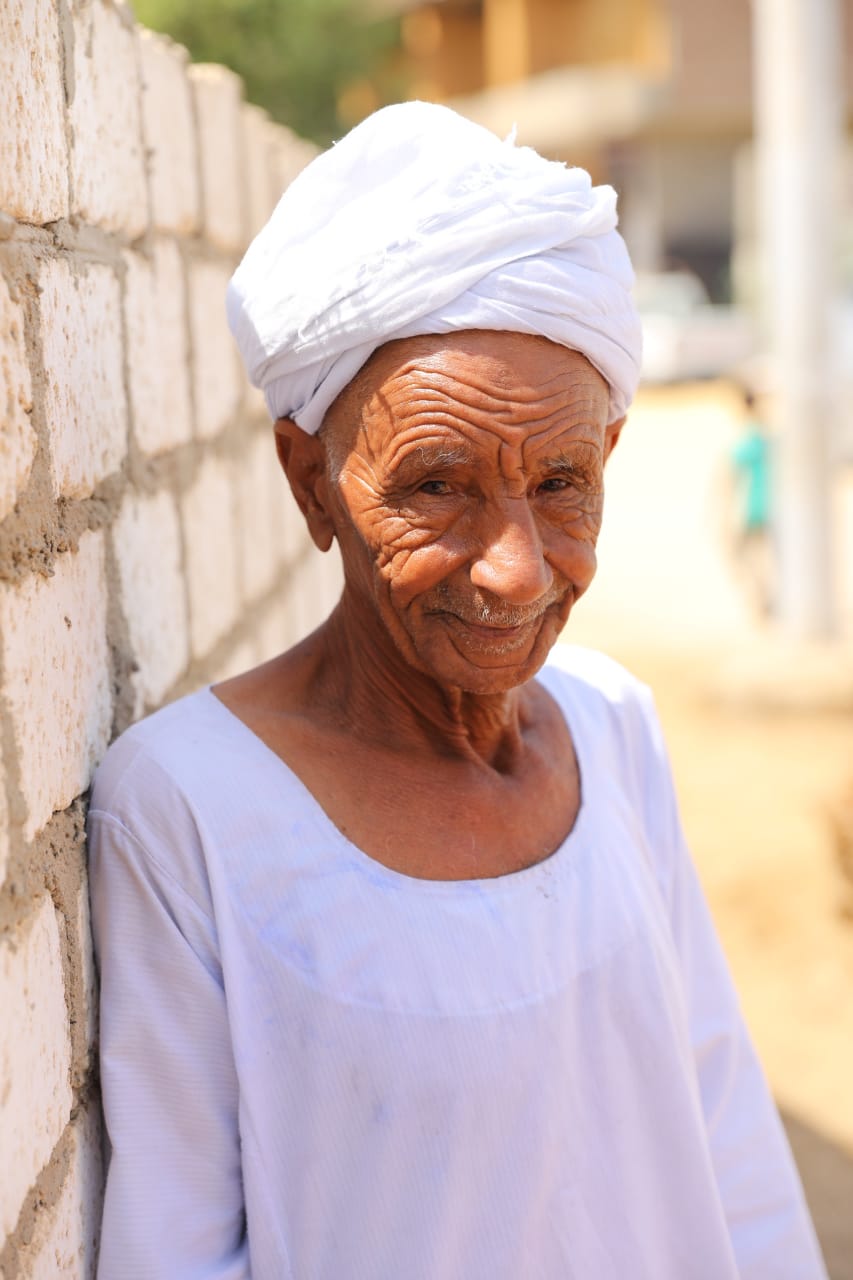
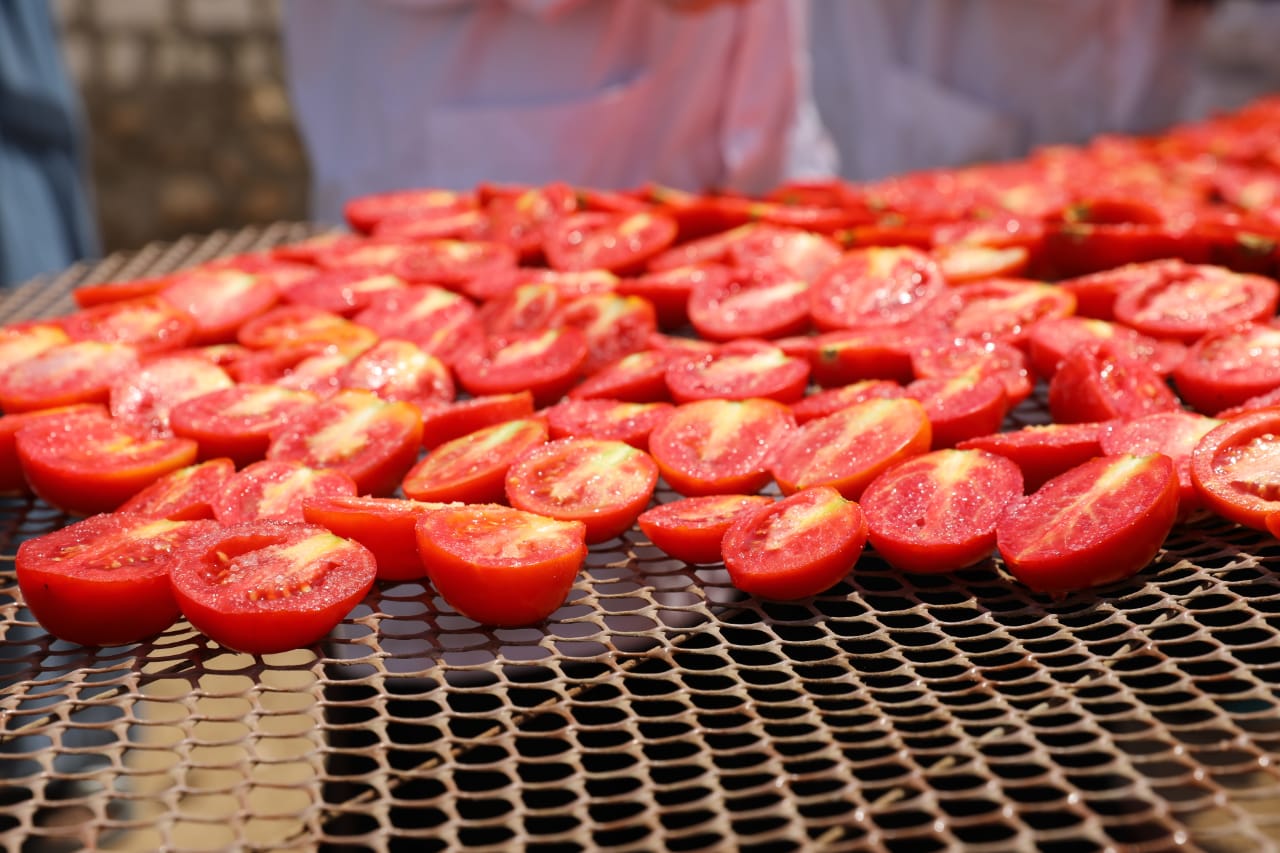
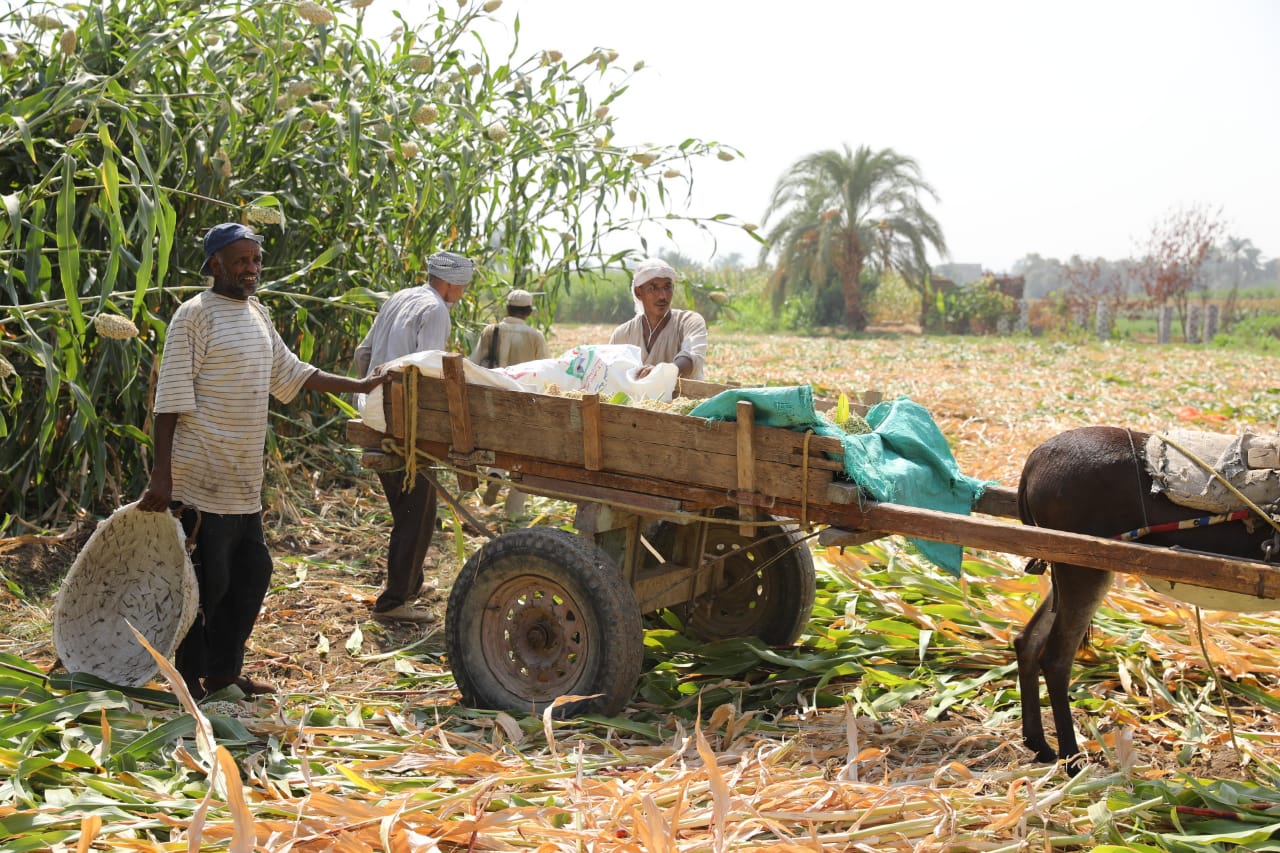





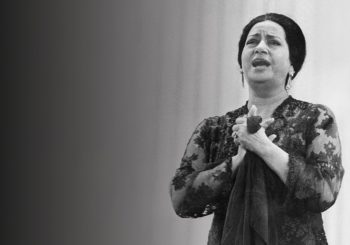
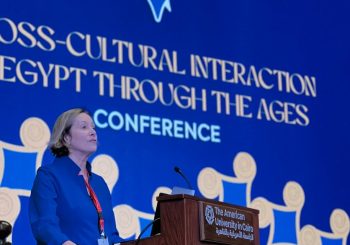
Comments (7)
[…] In Photos: A Visual Tale of Luxor’s Agricultural Transformation […]
[…] In Photos: A Visual Tale of Luxor’s Agricultural Transformation A Brief Visual History of the Zodiac in Islam […]